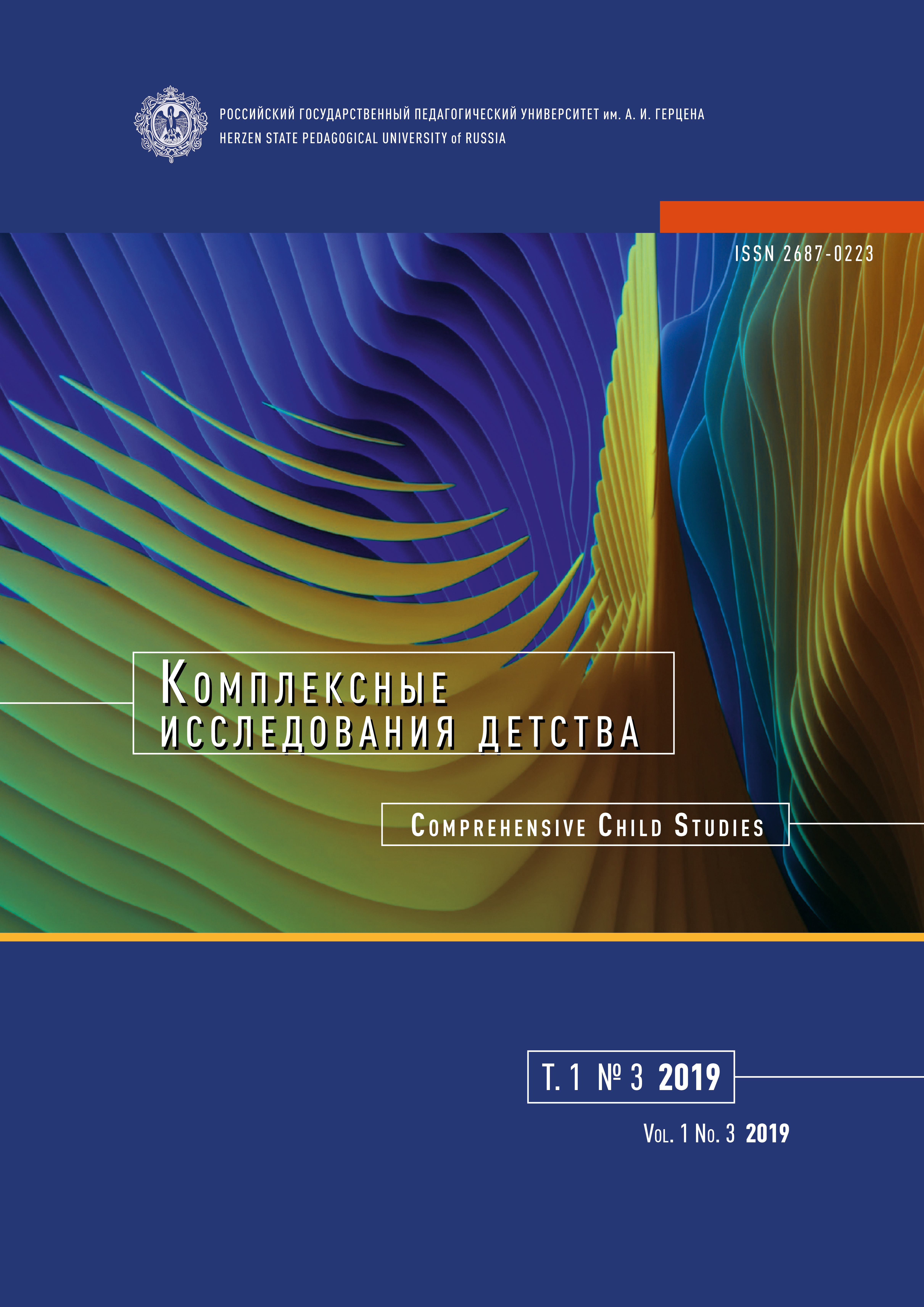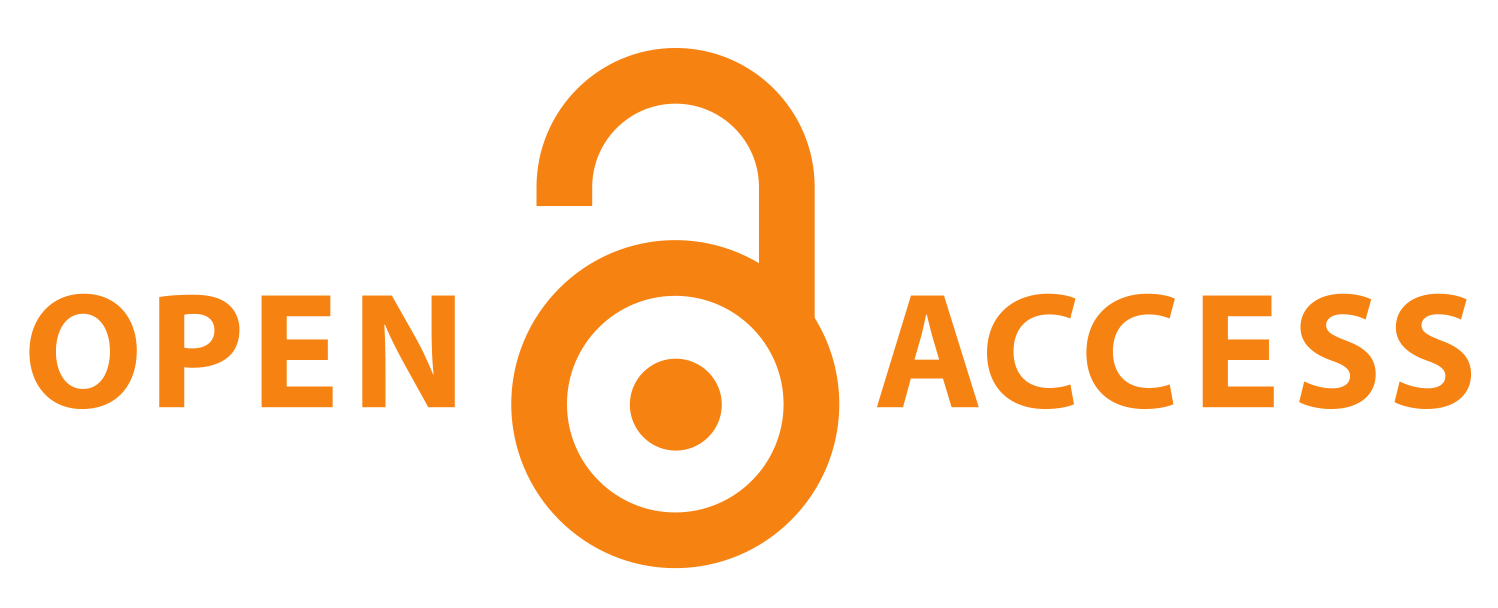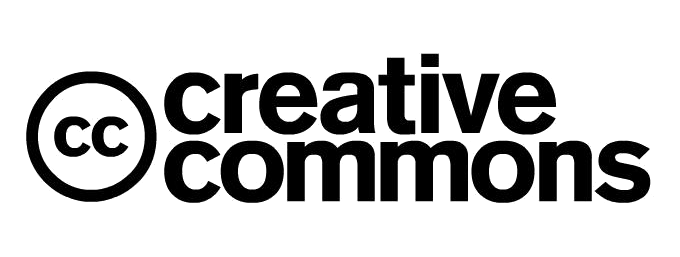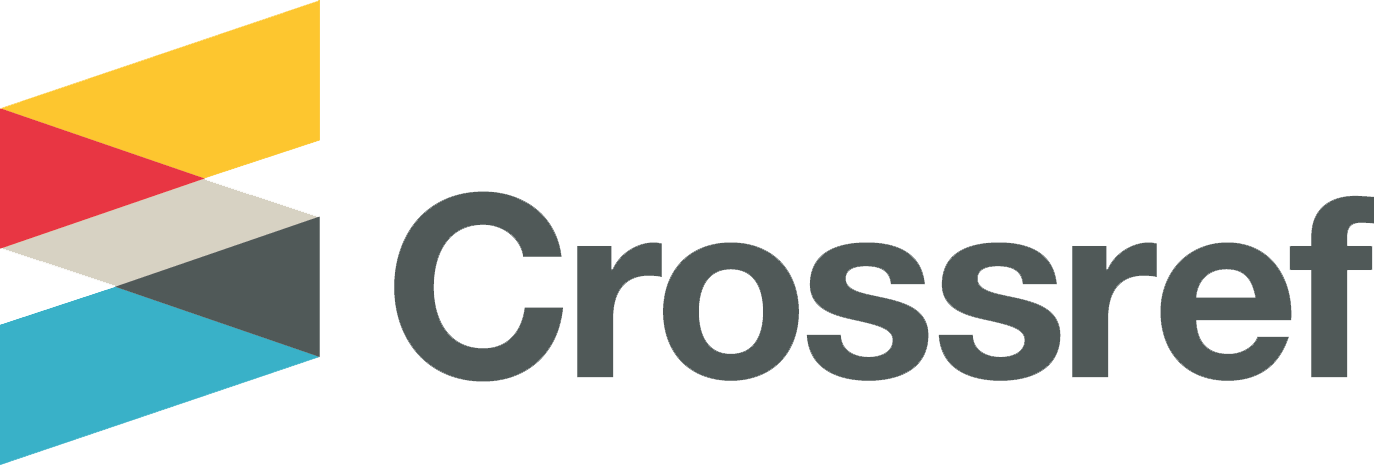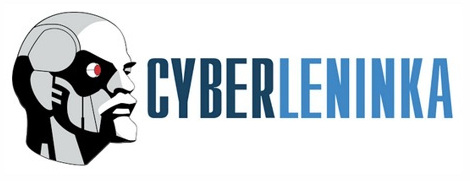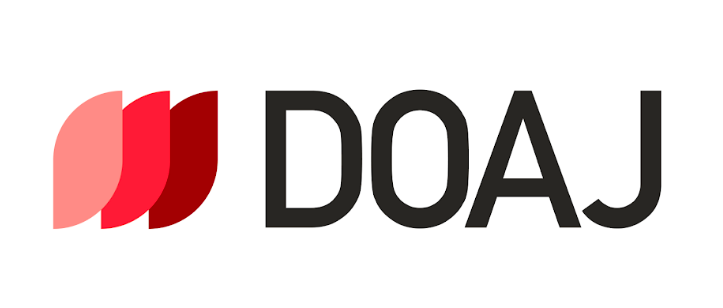The main areas of research on the space of modern childhood in the framework of the young researchers’ qualifying papers competition
DOI:
https://doi.org/10.33910/2687-0223-2019-1-3-265-268Keywords:
childhood sociology, competition, childhood space, sociology, children, adolescentsReferences
ЛИТЕРАТУРА
Гуркина, О. А., Колосова, Е. А. (2014) Конкурс дипломных работ и магистерских диссертаций в области социологии детства. Социологические исследования, № 2 (358), с. 144–145.
Колосова, Е. А. (2016) Основные исследовательские направления изучения дошкольного детства: социологический анализ. Детский сад: теория и практика, № 1, с. 108–112.
Митрофанова, С. Ю., Штифанова, Е. А. (2015) Роль информационных технологий и гаджетов в социализации детей. Экономика и социология, № 1 (25), с. 18–24.
REFERENCES
Gurkina, O. A., Kolosova, E. A. (2014) Konkurs diplomnykh rabot i magisterskikh dissertatsij v oblasti sotsiologii detstva [Competition of dissertations and master’s theses in the field of childhood sociology]. Sotsiologicheskie issledovaniya — Sociological Studies, no. 2 (358), pp. 144–145. (In Russian)
Kolosova, E. A. (2016) Osnovnye issledovatel’skie napravleniya izucheniya doshkol’nogo detstva: sotsiologicheskij analiz [The main research directions in the study of preschool childhood: A sociological analysis]. Detskij sad: teoriya i praktika, no. 1, pp. 108–112. (In Russian)
Mitrofanova, S. Yu., Shtifanova, E. A. (2015) Rol’ informatsionnykh tekhnologij i gadzhetov v sotsializatsii detej [Role of information technology and gadgets in the socialization of children]. Ekonomika i sotsiologiya, no. 1 (25), pp. 18–24. (In Russian)
Published
Issue
Section
License
The work is provided under the terms of the Public Offer and of Creative Commons public license Creative Commons Attribution 4.0 International (CC BY 4.0).
This license permits an unlimited number of users to copy and redistribute the material in any medium or format, and to remix, transform, and build upon the material for any purpose, including commercial use.
This license retains copyright for the authors but allows others to freely distribute, use, and adapt the work, on the mandatory condition that appropriate credit is given. Users must provide a correct link to the original publication in our journal, cite the authors' names, and indicate if any changes were made.
Copyright remains with the authors. The CC BY 4.0 license does not transfer rights to third parties but rather grants users prior permission for use, provided the attribution condition is met. Any use of the work will be governed by the terms of this license.
